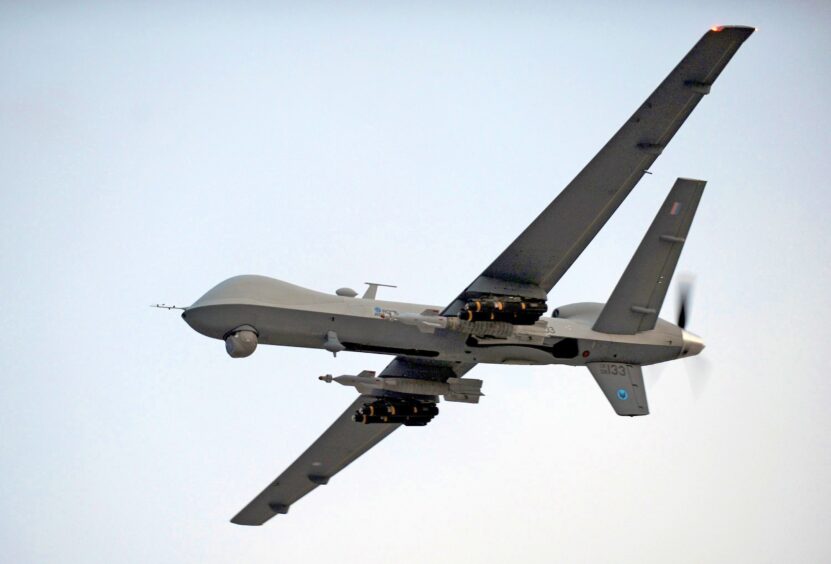Drones have taken the world by storm, haven’t they? From buzzing around our local parks to capturing breathtaking aerial shots, these flying wonders are everywhere.
But did you know there are two primary categories? Yep, you guessed it: military and regular and underwater.
Let’s embark on this journey to understand them better.
Historical Context
The story of drones is a fascinating one. These flying machines have been around for longer than most people realize. Historically, they’ve been used in various capacities, both in civilian and military contexts.
Fun fact: one of the earliest recorded uses of a drone was during World War I, where they were used for target practice! Over the years, as technology advanced, so did the capabilities and applications of drones.
Military
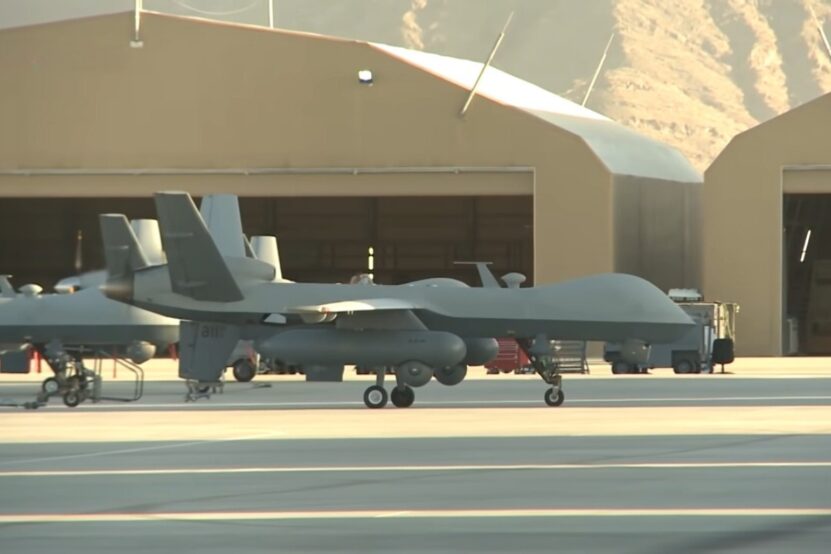
When we talk about military drones, we’re referring to those high-tech flying machines primarily used by armed forces. Their main functions? Surveillance, intelligence gathering, and sometimes, direct combat.
There are several types, each with its unique purpose:
- Surveillance: As the name suggests, these are the eyes in the sky. They’re used to monitor enemy movements and gather intelligence.
- Combat: These are the heavy hitters. Equipped with missiles and other weaponry, they can engage in direct combat.
- Tactical: These are smaller, more agile, and are often used for specific missions, like reconnaissance or target marking.
Pro Tip: Did you know that the MQ-9 Reaper is one of the most well-known combat drones used by the U.S. military?
Regular
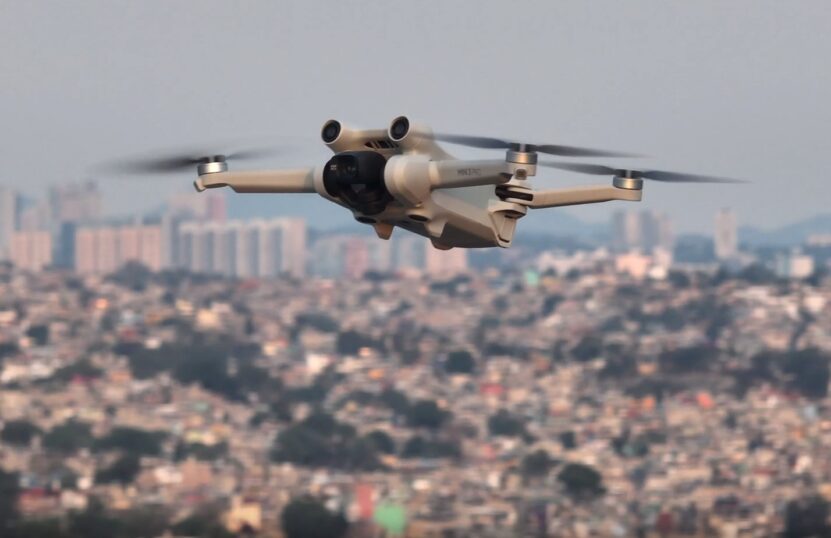
On the flip side, we have regular drones. These are the ones you might see a hobbyist flying in the park or a filmmaker using to capture that perfect shot. Their primary functions are much more varied than their military counterparts.
Here’s a quick rundown:
- Recreational: These are for fun! They’re often used by enthusiasts to fly around and sometimes even race.
- Commercial: Businesses use these for a variety of purposes, from filming commercials to inspecting infrastructure.
- Agricultural: These are becoming increasingly popular in farming. They can monitor crops, assess land, and even help in planting.
Fun Fact: The DJI Phantom series is one of the most popular recreational drones on the market!
Purpose and Functionality
Military
These are the backbone of modern defense, surveillance, and combat operations. They play a pivotal role in intelligence gathering, target decoys, research, and even direct combat. Specific armed combat drones even assist ground forces by prioritizing high-value targets and providing real-time video surveillance.
Regular
Regular drones have a myriad of purposes. From aerial photography to crop dusting and even weather reporting, their applications are vast and varied. They’re not just for fun; they’re also for business, agriculture, and more.
Size and Design
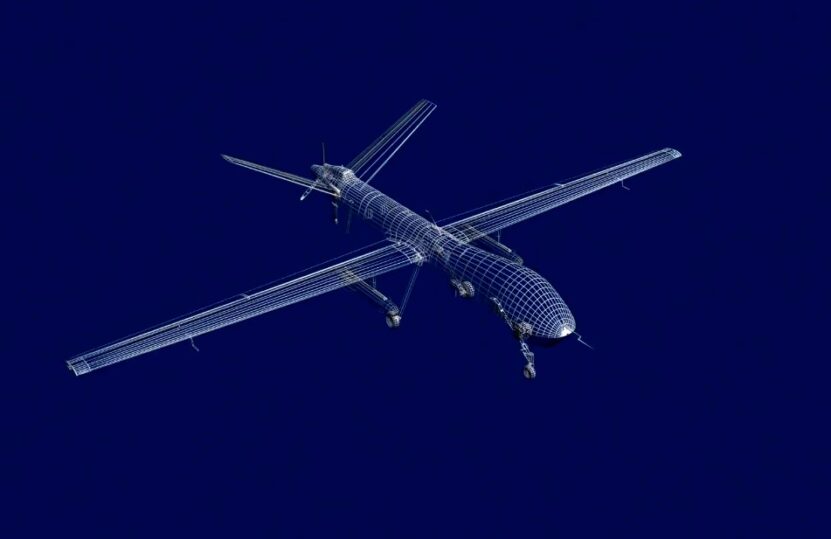
Military
A typical fighter drone is a beast in size, often weighing over 600 kilograms (roughly 1,300 pounds). They’re designed to carry heavy payloads, sometimes as much as 270 kilograms (about 600 pounds), excluding their built-in instruments and fuel tanks.
Most military drones resemble fixed-wing aircraft, boasting a much larger wingspan than their commercial counterparts. They’re powered by gasoline or diesel engines, allowing them to remain airborne for extended periods.
Regular
In contrast, especially the ones you might find at a store, weigh up to 20 kilograms (about 40 pounds). They’re often quadcopters powered by built-in rechargeable batteries, which are lighter than fuel tanks and more eco-friendly.
Technological Features
Military
Military drones operate on a different level technologically. Instead of relying on simple radio signals like many commercial drones, they depend on a complex network of GPS satellites and ground control stations. This intricate system allows for precise navigation and control, especially during critical missions.
Regular
Your everyday drone, on the other hand, often relies on radio signals from a remote controller or an app on a device. They’re designed for ease of use, with user-friendly controls and basic navigation features.
Cost and Availability
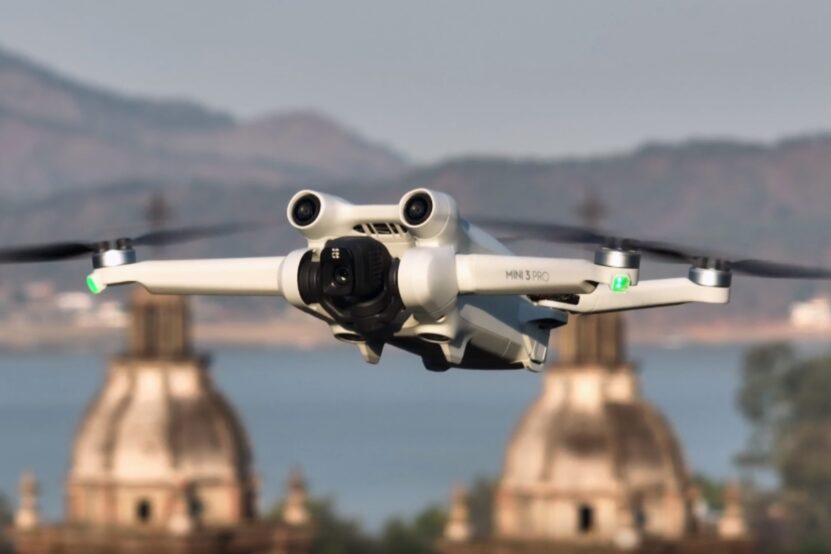
Military
As you might expect, military drones come with a hefty price tag. Their advanced features and capabilities make them expensive. Moreover, they’re restricted to governmental use, keeping them out of the hands of the general public.
Regular
These drones are much more wallet-friendly and are widely available to the public. Whether you’re a hobbyist or a professional, there’s likely one out there that fits your budget.
Legal and Ethical Implications
The world of drones isn’t just about technology; it’s also about the rules that govern their use. Military drones, given their potential for combat and surveillance, are subject to strict regulations.
On the other hand, regular drones, especially those used recreationally, have their own set of guidelines to ensure safety and privacy. With their increasing prevalence, concerns about privacy and their potential misuse have also risen.
It’s a delicate balance between innovation and regulation, one that societies worldwide are still grappling with.
FAQ
How do military drones navigate?
Utilize a complex network of GPS satellites and ground control stations for precise navigation and control.
What powers most military drones?
Most are powered by gasoline or diesel engines, allowing them to stay airborne for extended durations.
Are regular drones eco-friendly?
Many, especially quadcopters, are powered by built-in rechargeable batteries, making them more environmentally friendly compared to fuel-powered counterparts.
Are there regulations governing drone usage?
Yes, both military and regular drones are subject to regulations. Military have strict guidelines due to their potential for combat and surveillance, while regular have safety and privacy guidelines.
| Feature/Aspect | Military Drones | Regular Drones |
| Primary Purpose | Defense, Surveillance, Combat | Recreation, Photography, Business |
| Navigation System | GPS satellites & ground control stations | Radio signals, remote controller, or app |
| Power Source | Gasoline or diesel engines | Built-in rechargeable batteries |
| Size & Weight | Larger, up to 600 kg | Smaller, up to 20 kg |
| Design | Resemble fixed-wing aircraft | Often quadcopters |
| Availability | Restricted to governmental use | Widely available to the public |
| Technological Features | Advanced navigation, stealth, long flight durations | Basic navigation, user-friendly controls |
| Legal & Ethical Implications | Strict regulations due to combat potential | Safety and privacy guidelines |
The Road Ahead
We’ve taken a whirlwind tour of the world of drones, from their historical roots to their modern incarnations. As technology continues to advance, who knows what the future holds for these flying marvels?
One thing’s for sure: drones, both military and regular, will continue to shape our world in ways we can only imagine. Whether it’s in defense, entertainment, agriculture, or commerce, they’re here to stay.
So, next time you see a drone buzzing overhead, take a moment to appreciate the incredible blend of science, engineering, and innovation that brought it to life. Safe flying, everyone!
